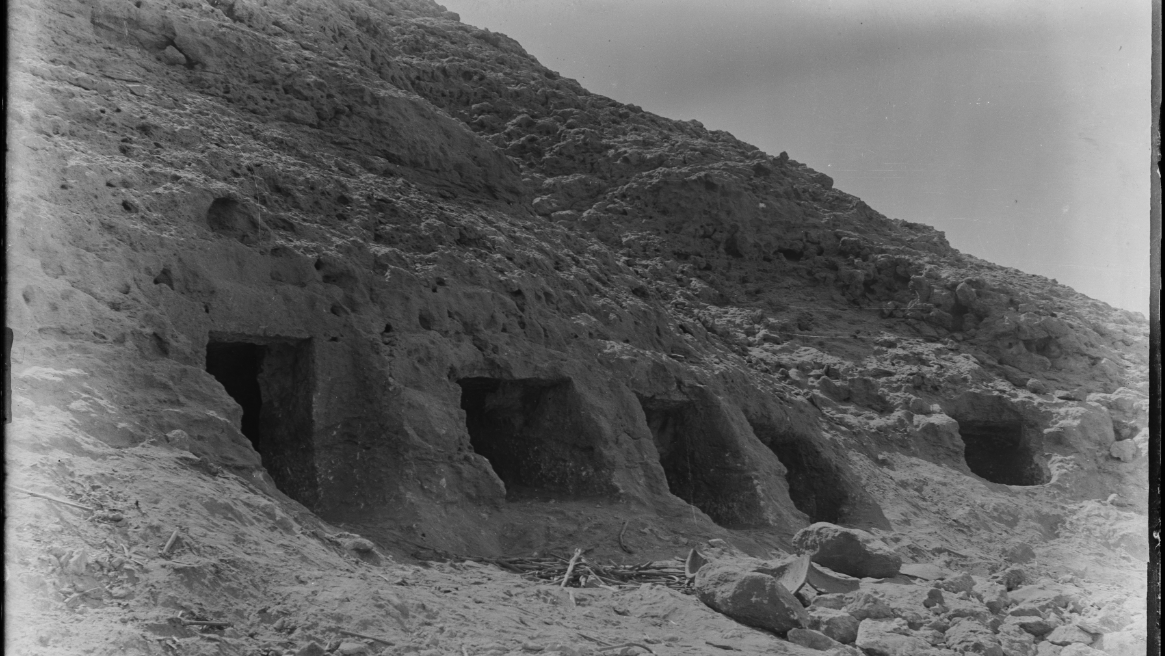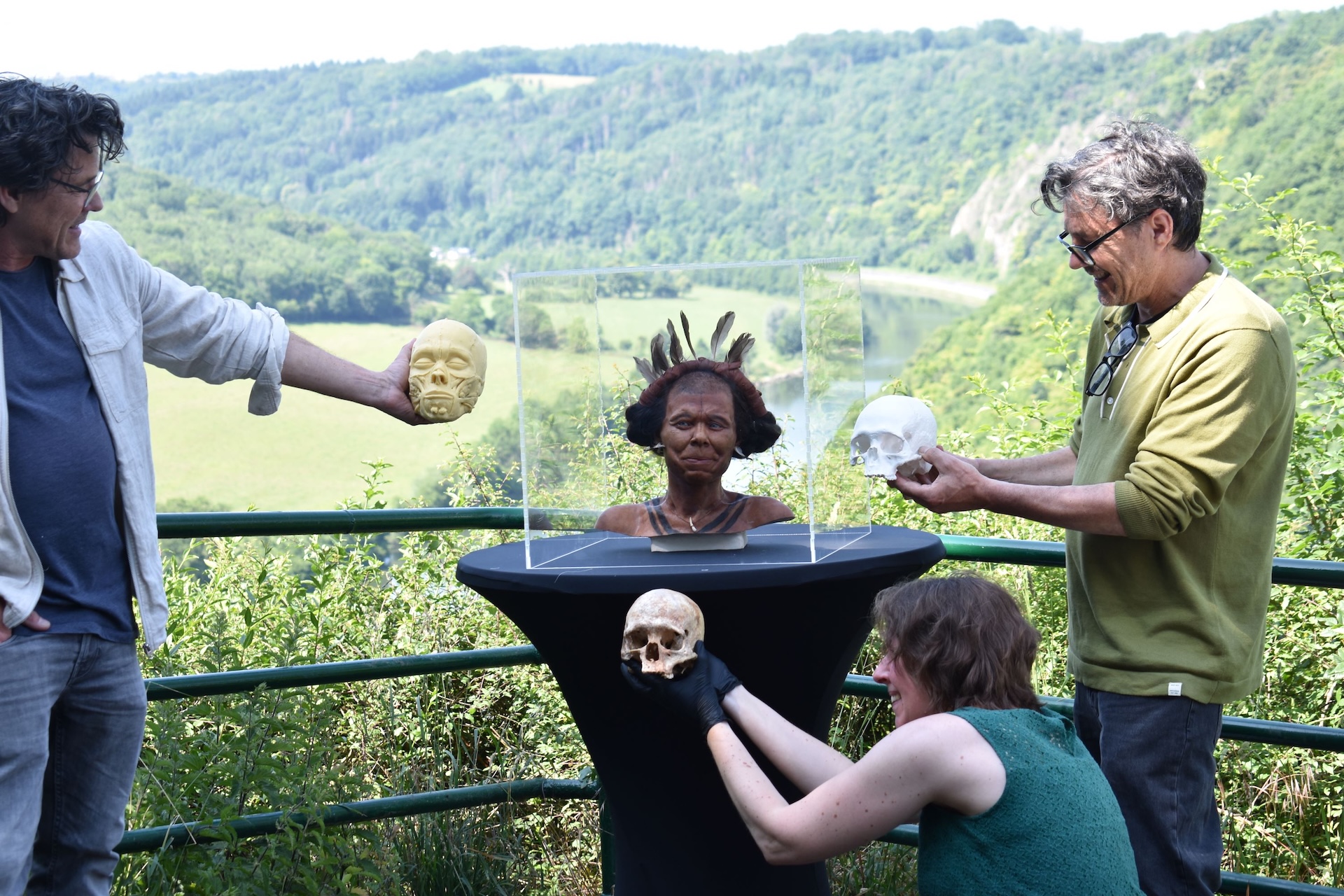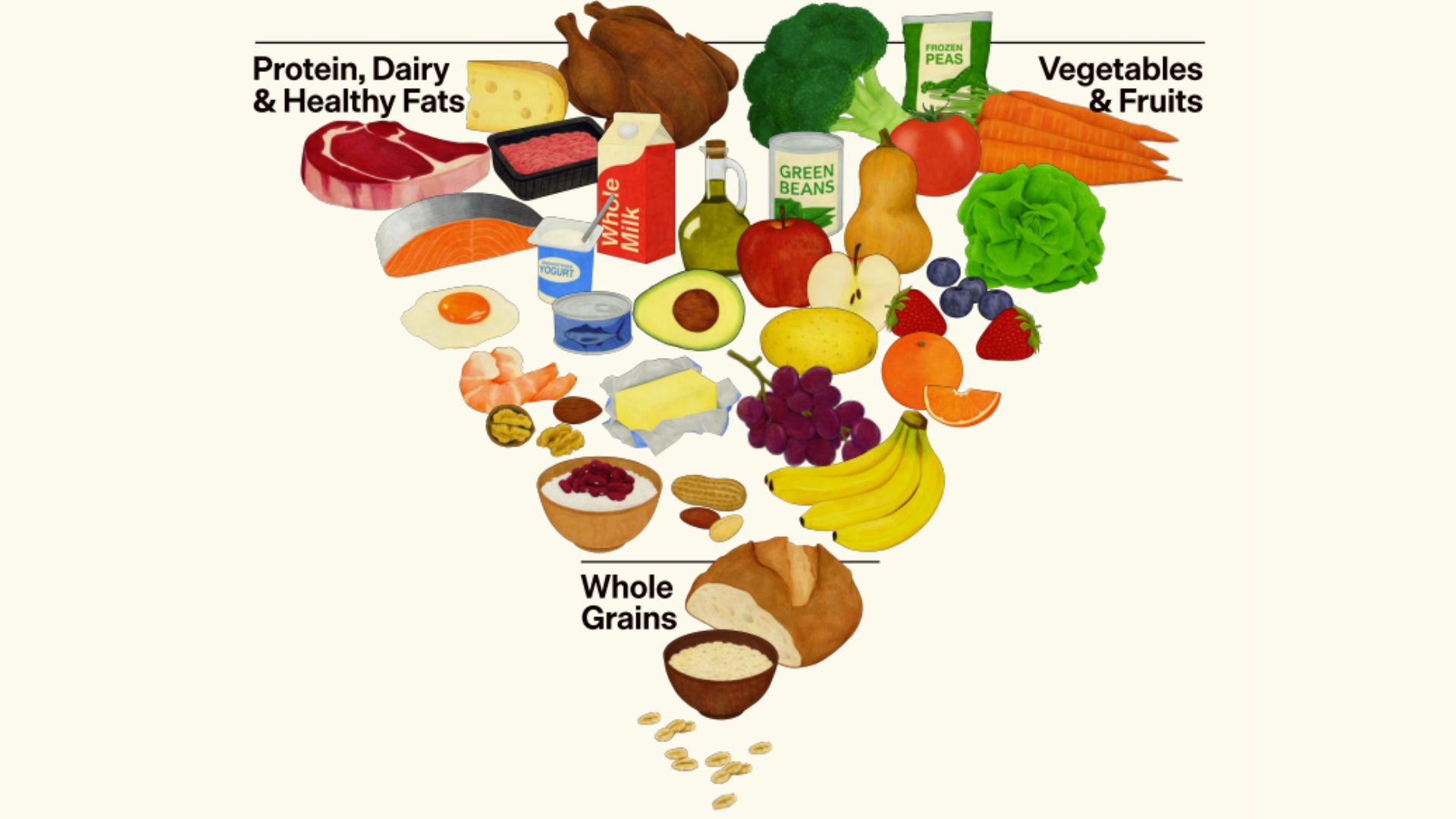Science news this week: An 'interstellar visitor' and the oldest ancient Egyptian genome ever sequenced
July 5, 2025: Our weekly roundup of the latest science in the news, as well as a few fascinating articles to keep you entertained over the weekend.

To kick off this week's science news, our solar system received an unexpected "interstellar visitor." On Tuesday (July 1), NASA and the International Astronomical Union confirmed the existence of a mysterious space object, most likely a comet, hurtling toward our little corner of the universe. The next day, NASA gave it an official name — 3I/ATLAS.
The interstellar object is zooming along at around 152,000 mph (245,000 km/h) in an unusually flat and straight trajectory that is unlike anything else in the solar system.
3I/ATLAS is only the third confirmed interstellar object ever recorded, and scientists are now scrambling to learn all they can about this rare object before it exits the solar system next year.
Ancient Egyptian genome
Oldest and most complete ancient Egyptian human genome ever sequenced reveals ties to Mesopotamia

Researchers have successfully sequenced the genome of a man who lived in ancient Egypt 5,000 years ago. The DNA offers a rare window into the genetic history of ancient Egyptians, revealing that this individual had ties to both Mesopotamia and North Africa.
The man's body was recovered from a tomb in Nuwayrat, south of Cairo, in 1902, and is only the fourth ancient Egyptian genome to be sequenced — not to mention the oldest and most complete.
Discover more archeology news
—Roman army camp found in Netherlands, beyond the empire's frontier
Get the world’s most fascinating discoveries delivered straight to your inbox.
—125,000-year-old 'fat factory' run by Neanderthals discovered in Germany
Life's little mysteries
Are cats the only animals that purr?

A purr is music to the ears of any cat lover. The low, gentle rumble is often a sign that our furry companions are relaxed and content. But is this cute volatilization unique to our feline friends?
—If you enjoyed this, sign up for our Life's Little Mysteries newsletter
AI space pilots
ChatGPT could pilot a spacecraft shockingly well, early tests find

A new age of autonomous space exploration could soon be upon us — if the results of a recent artificial intelligence (AI) study are anything to go by. Researchers tested to see whether AI models like ChatGPT could hypothetically pilot a spacecraft using text prompts. ChatGPT performed surprisingly well and completed most of the challenges researchers set, though it didn't actually pilot anything.
Space exploration could change forever with the development of autonomous AI-controlled systems. Right now, speed-of-light limitations mean we can't directly control deep-space exploration spacecraft in real time, while human-piloted spacecraft have to cater to our inconvenient biological needs, restricting how far we can go.
Discover more space news
—Astrophotographer snaps 'once-in-a-lifetime' shot of solar flare photobombing the ISS
—'A completely new phenomenon': Astronomers spot a planet causing its star to constantly explode
—Farthest 'mini-halo' ever detected could improve our understanding of the early universe
Also in science news this week
—Wild orcas offer humans food. Could they be trying to make friends — or manipulate us?
—MIT's high-tech 'bubble wrap' turns air into safe drinking water — even in Death Valley
—New blood test detects cancers 3 years before typical diagnosis, study hints
—Watch mud volcano erupt beneath a crown of flames in Taiwan
Beyond the headlines
RFK's proposal to let bird flu spread through poultry could set us up for a pandemic, experts warn

Robert F. Kennedy Jr., the secretary of Health and Human Services, and Brooke Rollins, the secretary of Agriculture, have suggested the U.S. could allow the bird flu virus to spread through some poultry farms to identify immunity in surviving birds. However, on Thursday (July 3), researchers warned that such an approach is dangerous and could potentially trigger a new pandemic.
A group of virologists, veterinarians and health security experts wrote an article, published in the journal Science, in which they argued it would be ineffective to let the virus spread in farms and risk bird flu crossing over into human populations.
"Essentially, the longer you allow a virus that has shown to be effective in infecting multiple hosts survive in an environment, the greater the chance you give it to spread, to mutate, and to try its luck at adaptation," perspective first-author Erin Sorrell, a virologist at the Johns Hopkins Center for Health Security, told Live Science. "Worse case scenario, the virus adapts and expands its host range to become transmissible in humans … Now we have a pandemic."
Something for the weekend
If you're looking for something a little longer to read over the weekend, here are some of the best long reads, book excerpts and interviews published this week.
—What are whole-body MRIs, and are they worth the hype? (Query)
—Mesopotamia quiz: Test your knowledge about the ancient civilizations of the Fertile Crescent (Quiz)
And something for the skywatchers:
—2 'new stars' have exploded into the night sky at once — potentially for the first time in history
Science in pictures
See the stunning reconstruction of a Stone Age woman who lived 10,500 years ago in Belgium

A facial reconstruction of a Stone Age woman has revealed what a prehistoric hunter-gatherer may have looked like in stunning detail. Researchers and artists created the reconstruction using the woman's skeleton, DNA and other scientific data.
The Mesolithic (Middle Stone Age) hunter-gatherer, known as "Margaux woman," lived around 10,500 years ago in what is now Belgium. Researchers have found that she likely had blue or light-colored eyes, with a skin complexion that's slightly lighter than most other known Western Europeans from her time.
Follow Live Science on social media
Want more science news? Follow our Live Science WhatsApp Channel for the latest discoveries as they happen. It's the best way to get our expert reporting on the go, but if you don't use WhatsApp, we're also on Facebook, X (formerly Twitter), Flipboard, Instagram, TikTok, Bluesky and LinkedIn.

Patrick Pester is the trending news writer at Live Science. His work has appeared on other science websites, such as BBC Science Focus and Scientific American. Patrick retrained as a journalist after spending his early career working in zoos and wildlife conservation. He was awarded the Master's Excellence Scholarship to study at Cardiff University where he completed a master's degree in international journalism. He also has a second master's degree in biodiversity, evolution and conservation in action from Middlesex University London. When he isn't writing news, Patrick investigates the sale of human remains.
You must confirm your public display name before commenting
Please logout and then login again, you will then be prompted to enter your display name.


